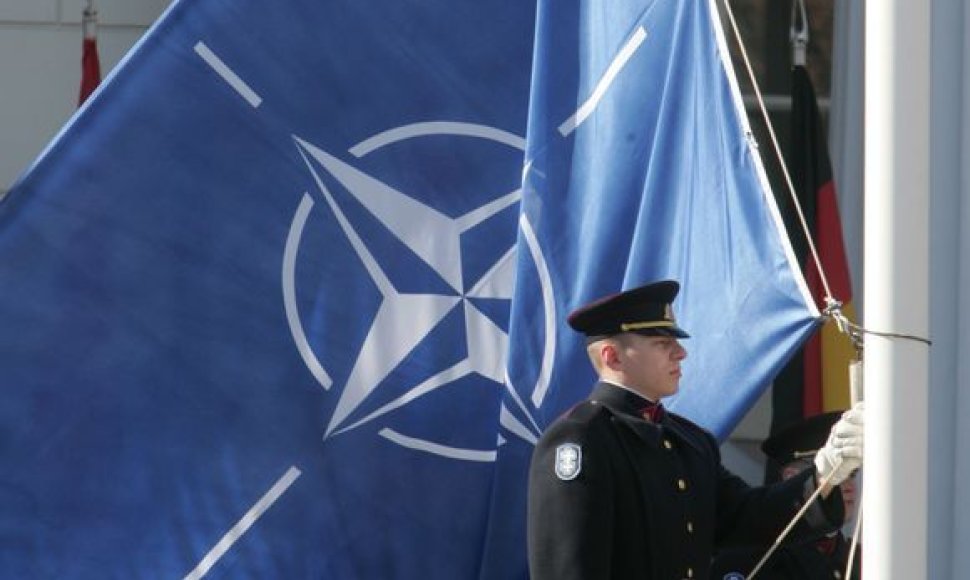After attending a conference in Moscow on Thursday on missile defense system, Urbelis told BNS that Russian and NATO representatives held different positions, but the Alliance was determined to continue developing the missile defense project.
"Russians again rolled out the same maps with sectoral division, where Lithuania, Latvia, Estonia and part of Poland are in the Russian defense stretch. They understand this will never happen. This has been stated clearly to them, they know it well. I cannot explain why (General Nikolai) Makarov is using the same old map that lists the Baltic states in the Russian sector," Urbelis said.
In his words, Russia wants either legal guarantees or a shared system that NATO cannot accept.
"Russians want either legal guarantees that the NATO system is not aimed against them or some joint system, which is very difficult to envisage. This is because it would mean that Russia would be nearly part of the NATO decision-making process, which is hardly possible from the political and operational standpoint. (...) There is so far no common denominator for building cooperation on, that's a fact," the ministry's official told BNS.
"The main message from NATO and all countries is that the NATO system will be developed further according to a plan. If Russians want to cooperate, they are always welcome to do that. However, their possible disagreement will not halt the NATO system," said the policy director.
In his words, the Moscow conference allowed both sides to provide their technical argumentation.
"Highly detailed technical presentations were made. The main message from the Russian side was that they weren't against some system made by NATO but that they were alarmed by NATO's capability to bring down Russian missiles, which, from their point of view, may jeopardize strategic security. On the NATO side represented by (United States Assistant Secretary of State) Alexander Vershbow, the same technical argumentation was used to show that physical threats to Russia's stability were not possible physically due to several reasons," he said.
In Urbelis' words, the US interceptor missiles would neither be fast enough to take down Russia's intercontinental ballistic missiles, nor be available in sufficient numbers to pose a significant threat to Russia's strategic nuclear arsenal.
Russia's military and political leaders have said that NATO's failure to take its stance into consideration would lead to deployment of latest missile systems, such as S-400 and Iskander, in its Kaliningrad region wedged between Lithuania and Poland. According to Russian media reports, the last S-400 systems were transported to the region in April.
"Of course, our opinion is negative, as it makes no sense in making the extensive effort into militarization of the Kaliningrad region," the Lithuanian official said.
During the 2010 NATO summit, top officials of the Alliance and Russia agreed to cooperate in the development of missile defense capacities in Europe. Nevertheless, differences soon appeared as to the shape and operation of the new missile shield.
NATO's initial position was that there should be two separate systems with two separate command centers, which could cooperate and exchange data. In the NATO's defense system, the US intends to connect missile defense systems on ships to existing capacities in Europe and later build radars and station missiles in former countries of the Warsaw pact, Poland and Romania.
The plans came under severe criticism from Russia. It wants the Russian and the NATO system operated jointly, also proposing to divide Europe into zones of responsibility. NATO members in northeastern Europe would have been part of Russia's zone of responsibility.
2012 05 04
Russia still uses maps picturing Balts as its missile defense section
In missile defense system discussions with NATO, Russia is still using maps that portray the Baltic states and Poland as part of its defense section, although Moscow understands this will never happen, says Vaidotas Urbelis, policy director of the Lithuanian Defense Ministry.
Report mistake
Successfully sent
Thank you












